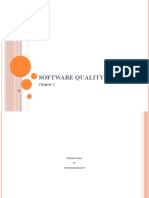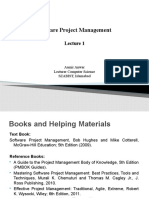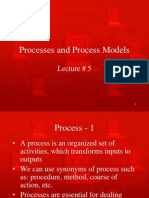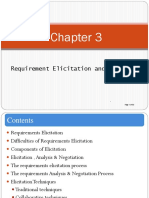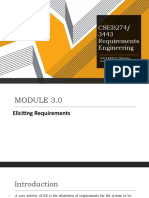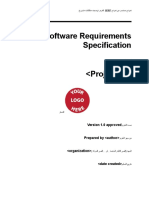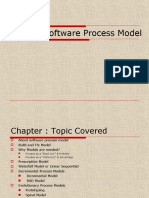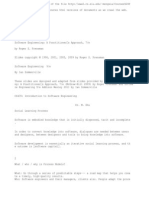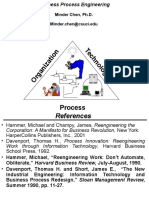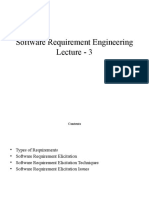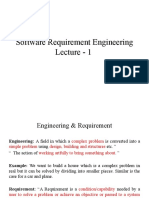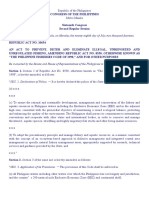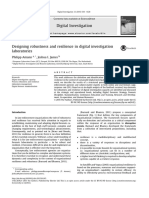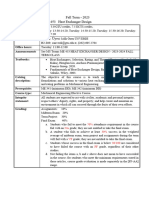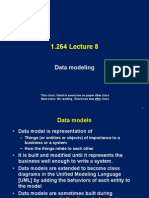0% found this document useful (0 votes)
91 views11 pagesSoftware Requirement Engineering Lecture - 2
The document discusses the role of stakeholders in requirements engineering. It identifies typical stakeholders like product managers, users, administrators, and software teams. It also discusses how requirements are defined at the organizational, product, and project levels to ensure alignment with goals and strategies. Finally, it outlines essential practices for requirements management, including elicitation, prioritization, impact analysis, negotiation, and quality assurance.
Uploaded by
Anzala DarCopyright
© © All Rights Reserved
We take content rights seriously. If you suspect this is your content, claim it here.
Available Formats
Download as PPTX, PDF, TXT or read online on Scribd
0% found this document useful (0 votes)
91 views11 pagesSoftware Requirement Engineering Lecture - 2
The document discusses the role of stakeholders in requirements engineering. It identifies typical stakeholders like product managers, users, administrators, and software teams. It also discusses how requirements are defined at the organizational, product, and project levels to ensure alignment with goals and strategies. Finally, it outlines essential practices for requirements management, including elicitation, prioritization, impact analysis, negotiation, and quality assurance.
Uploaded by
Anzala DarCopyright
© © All Rights Reserved
We take content rights seriously. If you suspect this is your content, claim it here.
Available Formats
Download as PPTX, PDF, TXT or read online on Scribd
/ 11






